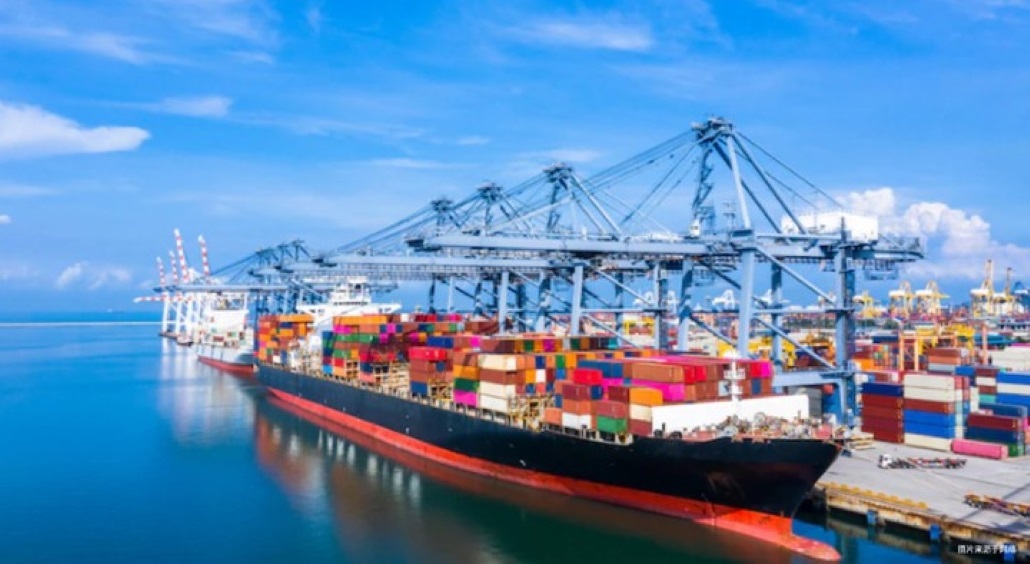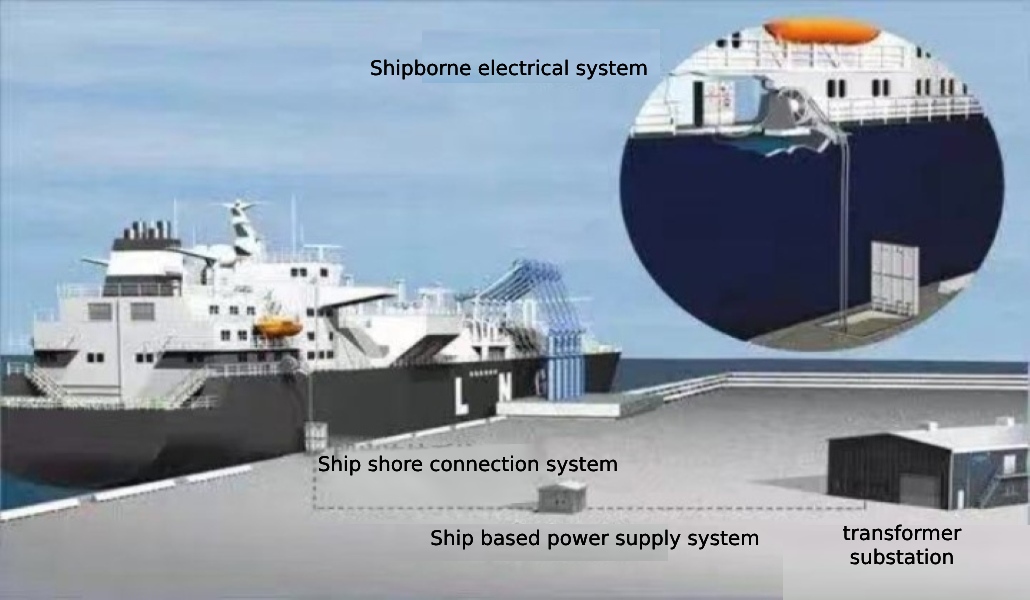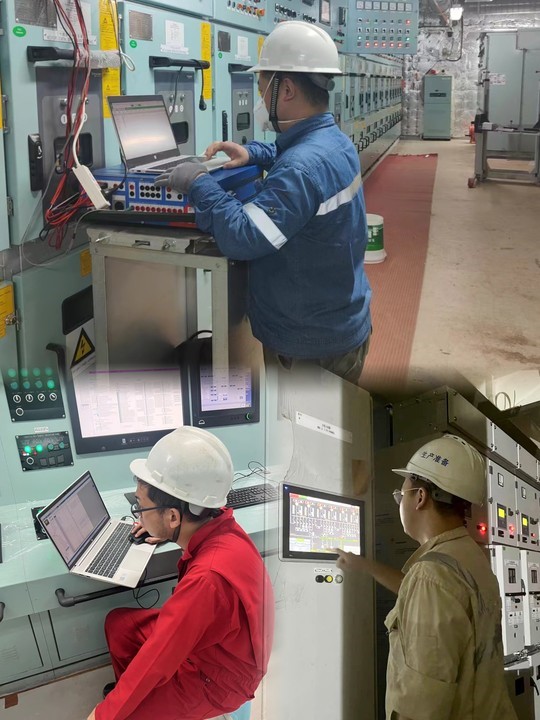Search
Green shipping industry
90% of global trade is completed through sea transportation, and the environmental pollution caused by shipping has received high attention from the international community. The International Maritime Organization (IMO) continuously formulates and introduces mandatory regulations to prevent ship pollution of the environment. In this context, the concept of green environmental protection has emerged, and the model of green development of ships has begun to be deeply explored and explored.

The green ship system adopts relatively advanced technology to safely meet the predetermined functions and performance within its lifecycle, while improving energy efficiency, reducing or eliminating environmental pollution, etc. This reflects the core principles of green environmental protection, energy saving and emission reduction throughout the entire life cycle of ship construction and application, supported by advanced technology and new energy fuel development, and aimed at reducing or even eliminating environmental pollution.
In order to achieve green shipping purpose, shore power and reducing ship carbon emissions are two key measures.
Reduce ship carbon emissions
To achieve the goal of green ships, the International Maritime Organization (IMO) proposes to reduce carbon emissions and improve ship energy efficiency, with reducing ship carbon emissions as a key management measure.
In order to reduce carbon emissions and eliminate greenhouse gas emissions from international shipping as soon as possible, the IMO has formulated three stages of measures: first, short-term measures to improve the technology and operational efficiency of new and existing ships, and initiate actions to research and develop new technologies such as alternative fuels; The second is mid-term measures, such as introducing alternative low-carbon and zero carbon fuel implementation plans, strengthening technological cooperation and capacity building, etc; The third is long-term measures, introducing zero carbon fuels and encouraging the widespread adoption of possible new emission reduction mechanisms.
During this process, real-time monitoring of ship gas emissions has become a particularly important aspect. Continuous emission detection system can be used.
The continuous emission monitoring system is a complete monitoring equipment composed of analytical instruments and supporting devices used to continuously monitor the concentration and emission amount of particulate matter and gaseous pollutants from fixed pollution sources, and transmit information in real time to the competent department. It is also known as the "continuous smoke monitoring system". Continuous Emission Monitoring System (CEMS) can monitor parameters such as SO2, NO2, CO, dust, temperature, pressure, flow rate, humidity, etc. in gases, and can also expand the monitoring of parameters such as VOCs, NH3, CO, CO2, H2S, etc. for specific occasions.
SIGAS Marine emission gas monitoring system
SIGAS CGC-400 continuous monitoring system for ship exhaust emissions can monitor the concentration components of carbon dioxide, sulfur dioxide, nitric oxide, nitrogen dioxide, oxygen, and methane at the ship exhaust outlet. The system adopts infrared, ultraviolet, electrochemical, and laser detection technologies, which can monitor the components of ship exhaust pollutants in real-time online. At the same time, it can provide customers with more advanced and optimized ship exhaust emission continuous monitoring systems through customized services based on different ship emission conditions, pollutant types, and requirements of different classification societies.

ship shore power system
To effectively promote the development of green ships, the International Maritime Organization and governments of various countries attach great importance to the issue of port air pollution. Since the backdrop of zero carbon fuel hydrogen, ammonia, and battery power will not become mainstream propulsion power in a short period of time, various "electric energy substitution" schemes have been launched: using shore based power sources to replace ship diesel generators (using electricity instead of oil) to provide the necessary electricity for docking ships, which can significantly reduce the emissions of atmospheric pollutants from ships.
The full name of shore power is "ship shore power system". Before the emergence of ship shore power, when ships docked and unloaded, in order to ensure their normal electricity consumption, the ship's power generation machine continued to operate, producing a large amount of harmful gases and noise during operation. During berthing, ships can use shore power systems for power supply, stop using their own auxiliary generators, and no longer use ship fuel generators for power supply. This can effectively reduce atmospheric pollutants such as sulfur oxides, nitrogen oxides, and particulate matter, reduce noise pollution, and is a powerful tool for promoting the development of green shipping and fighting the battle against ship air pollution.
Shore power piles, as an economically effective way to achieve zero carbon emissions from ships, play an important role in the construction of green ports. At the same time, the International Maritime Organization (IMO) officially released the "Interim Guidelines for Safe Operation of Shore Power for International Navigation Ships in Port" led by China through MSC.1/Circ.1675. This guideline includes six parts: general principles, verification testing, operation, safety prevention, document recording, and personnel requirements. It provides a globally unified safety operation standard for the use of shore power in international navigation ships, successfully filling the gap of IMO in this field.

SIGAS boarding service
SIGAS provides unique onboard debugging equipment services, allowing customers to enjoy efficient and professional support during the equipment debugging process. SIGAS's team members have a deep understanding of motor controller equipment and are familiar with various types and scales of ship debugging operations. We are not only use and maintenance equipment, but also are proficient in various aspects of debugging engineering, including equipment connection, functional testing, and troubleshooting. We will conduct detailed planning and preparation work before equipment debugging, understand the characteristics and debugging requirements of the equipment, and develop a detailed debugging plan. SIGAS's unique onboard debugging equipment service provides customers with efficient and reliable debugging support through comprehensive advantages in planning preparation, professional knowledge, communication and cooperation, safety and quality control, and other aspects.
